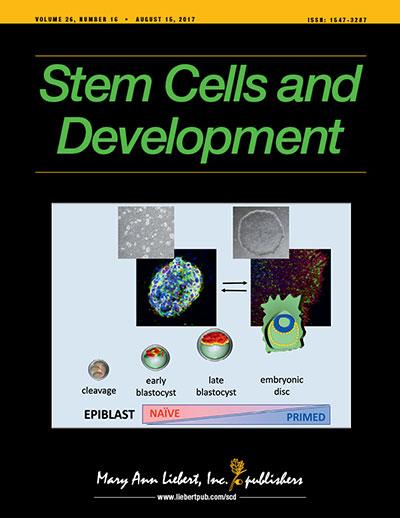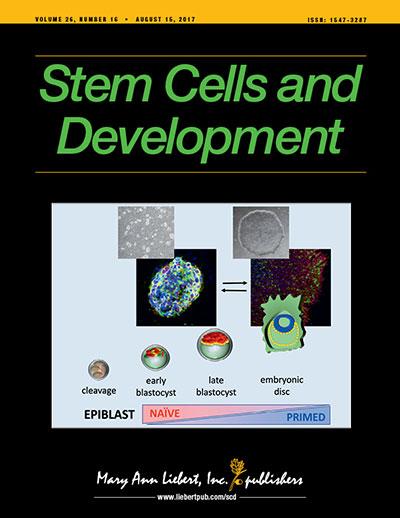
Credit: Mary Ann Liebert, Inc., publishers
New Rochelle, NY, August 8, 2017-Researchers have demonstrated the ability to generate dopaminergic neurons in the laboratory from induced pluripotent stem cells (iPSCs) derived from fibroblast cells of adult marmoset monkeys. This new study, documenting the iPSCs' pluripotent properties and the potential for using this animal model to develop regenerative medicine approaches for dopamine-related disorders such as Parkinson's disease, is published in Stem Cells and Development, a peer-reviewed journal from Mary Ann Liebert, Inc., publishers. The article is available free on the Stem Cells and Development website until September 8, 2017.
Marina Emborg, MD, PhD and colleagues from University of Wisconsin-Madison coauthored the article entitled "Induced Pluripotent Stem Cell-Derived Dopaminergic Neurons from Adult Common Marmoset Fibroblasts." The researchers reported that the marmoset fibroblast-derived iPSCs could differentiate into all three embryonic cell lineages: mesoderm, ectoderm, and endoderm. When stimulated to pattern themselves as neurons, the iPSCs expressed genes and other biomarkers consistent with a dopaminergic phenotype.
"This important study advances the marmoset as a model for Parkinson's disease, for the first time deriving a line from the adult marmoset," says Editor-in-Chief Graham C. Parker, PhD, The Carman and Ann Adams Department of Pediatrics, Wayne State University School of Medicine, Detroit, MI.
###
Research reported in this publication was supported by the National Institutes of Health under Award Numbers R24OD019803, P51OD011106, UL1TR000427, and T32GM750738. The content is solely the responsibility of the authors and does not necessarily represent the official views of the National Institutes of Health.
About the Journal
Stem Cells and Development is an authoritative peer-reviewed journal published 24 times per year in print and online. The Journal is dedicated to communication and objective analysis of developments in the biology, characteristics, and therapeutic utility of stem cells, especially those of the hematopoietic system. A complete table of contents and free sample issue may be viewed on the Stem Cells and Development website.
About the Publisher
Mary Ann Liebert, Inc., publishers is a privately held, fully integrated media company known for establishing authoritative peer-reviewed journals in many promising areas of science and biomedical research, including Cellular Reprogramming, Tissue Engineering, and Human Gene Therapy. Its biotechnology trade magazine, GEN (Genetic Engineering & Biotechnology News), was the first in its field and is today the industry's most widely read publication worldwide. A complete list of the firm's 80 journals, books, and newsmagazines is available on the Mary Ann Liebert, Inc., publishers website.
Media Contact
Kathryn Ryan
[email protected]
914-740-2250
@LiebertPub
http://www.liebertpub.com
Original Source
http://www.liebertpub.com/global/pressrelease/dopaminergic-neurons-derived-from-induced-pluripotent-stem-cells-in-non-human-primate-model/2228/ http://dx.doi.org/10.1089/scd.2017.0069






